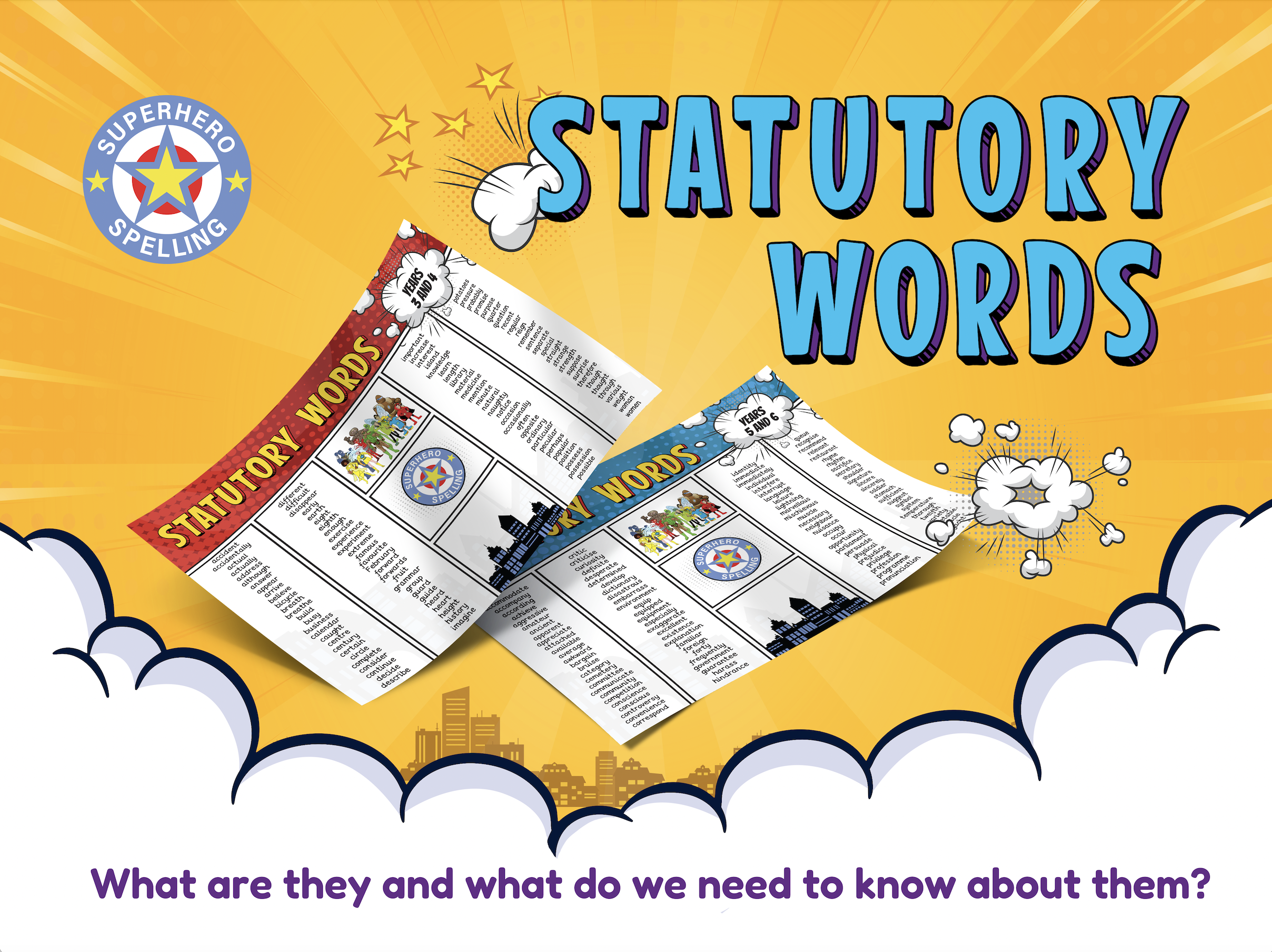

The memory palace, or “Method of Loci,” is a memorisation technique that taps into the brain’s natural ability to recall locations and vivid imagery. Even Sherlock Holmes uses a “mind palace” to solve complex cases in the recent modern adaptation. For KS2 teachers, this method can be adapted to help children remember tricky spellings and make learning more engaging.
Here’s a simple breakdown of how it works:
Example: Spelling the Word “Category”
Here’s how a child could use the memory palace to spell the word “category”, broken down into chunks: “cat,” “e,” “gor,” and “y.”
Now, when the child needs to spell “category,” they simply walk through their memory palace, recalling the cat, E, gorilla, and Y to reconstruct the spelling.
The memory palace works because the brain is naturally wired to remember spatial and visual information more effectively than abstract concepts. By associating parts of a word with vivid, visual images in familiar spaces, children can improve their recall significantly. This technique leverages the hippocampus, which is involved in both memory and spatial navigation.
It is important to remember that we are actually teaching a way to remember anything not just the spelling. This is as vital as knowing one word. After all, when we are teaching spelling, we are not just teaching spelling. 🙂
Register
To get access to our FREE samples.